Allergens can be more prominent at different times of year. Hay fever in particular can be triggered by pollen from many different plants and grasses. Depending on the time of year, different plants release their pollen into the atmosphere. Use the interactive timeline below to discover more about pollen and other allergens. Hover over the allergen for more detailed information.
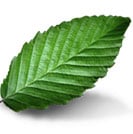
Alder:
Alder trees grow mostly in damp places like riverbanks. Male catkins (clusters of flowers) are dark brownish-red in colour, turning yellowish-red when mature. Their pollen is known for moderate to high allergenicity, and can be released from the end of January, with a peak period in March. Both birch and hazel pollen are similar to alder pollen. People sensitive to alder pollen may also suffer when hazel or birch pollen is in the air.

Ash:
Ash trees can grow to 30 meters and more in places with a good water supply, and are recognizable by their smooth, greyish-brown bark. The buds of the common ash are black, while other species’ are brown. Ash trees have a comparatively short flowering period of around two weeks in March or April.

Birch:
Birch pollen is one of the most allergenic, and birch trees are easily identified by their white bark. They prefer lightly wooded or heathland areas, so are unlikely to be found in thick forest. Depending on the weather, flowering starts around the middle of March.
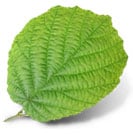
Hazel:
As a shrub which needs plenty of light, hazel is often found on the edges of woods. The male catkins are bright yellow and easy to detect from a distance.
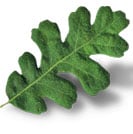
Oak:
Oak trees are easily identified by their iconic sturdy shape and unique leaves. Their bark is rough, dark and vertically fissured. Male catkins appear at the same time as the leaves, and pollen is released in April and May. The oak produces moderate allergenicity.
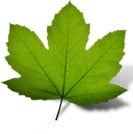
Sycamore:
Sycamores are huge trees with maple-like leaves and a characteristic bark which peels off in large scales. The outer scales are usually dark, while the inner scales are bright yellow or brown. Because of their resistance to pollution, sycamores or plane trees are often found in cities. The flowers are concentrated in small spheres on long pendulous stalks, with a flowering season ranging from March to May. Common allergy symptoms during this period tend to be caused by birch, but also alder, hazel, hornbeam, oak, beech, sweet chestnut, and also various grasses.
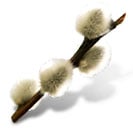
Willow:
Willow trees are often found growing in moist, sandy soil near rivers and lakes. The flowering buds often bear white, silvery hairs, and turn yellow when the anthers come out during pollination time. Flowering starts mostly in March, but as there are so many different species; pollen is sometimes still being released in June. Willow’s allergenic potency is low, but cross-reactions are likely with poplar pollen.
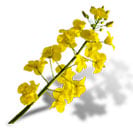
Oil seed rape:
This is a widespread agricultural crop with an unpleasant odor and yellow flowers. Although the flowers are pollinated by insects, pollen becomes airborne and can be blown by the wind for tens of kilometers. The main flowering season lasts from April and May, with low to moderate allergenicity.
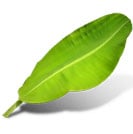
Plantain:
The leaves of this small herb are usually arranged in a rosette directly on the soil. The flowers are placed on long, leafless stalks, revealing long stamina. Pollen counts are usually not very high, and the season lasts from May to September without a prominent peak.
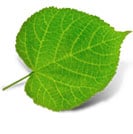
Lime Tree:
Lime trees grow up to 30 meters tall, and are frequently planted for ornamental purposes, often along tree-lined walks. The leaves are heart-shaped and the flowers usually appear in June, but have no or very little allergenic potential.
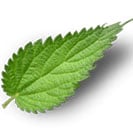
Nettle:
A well-known weed which everyone remembers for its painful sting. Nettles grow mainly on wastelands in nitrogenous soil. The flowering season stretches from June to September, but offers little or no allergenicity.

Sorrel, dock:
Both of these common country herbs have small, inconspicuous reddish flowers. They usually grow in meadows and pasture land, and sometimes in sandy coastal areas. Their flowering season extends from April to September, with pollen producing moderate to high allergenicity.
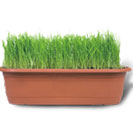
Grasses:
Numerous species of grasses grow all over the UK, releasing pollen from May to September, with June and July as the peak time. The species with the highest allergenic potential are those which grow tall in
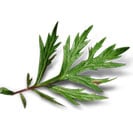
Mugwort:
This shrubby, woody-stemmed weed is found in wasteland and can grow to a height of 2 meters. The leaves are slitted, with white hair on the underside. Flowers are very small, and yellow to reddish-brown colour. In Europe, the start of the season is late July. Mugwort shows high allergenicity.

Mould: Alternaria:
Alternaria is a fungus which appears as dark lines, dots, or circles up to the diameter of a plate, and is often found in bathrooms. It grows naturally outdoors on plant material, but also indoors on wood, silicone seals, walls or textiles, wherever condensation or other sources of damp provide enough water. In central Europe, alternaria’s growing season starts in mid-June, peaks in July or August, and ends with airborne spores in September or October. Spore loads are sometimes very high after summer rain, and thermal convection helps the spores to become airborne when the soil dries out. Alternaria spores have moderate to high allergenic potency.
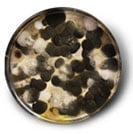
Mould: Cladosporium:
Cladosporium is a common mould all over the world. Outdoors, it is frequently found on rotten organic material such as plants and wood, indoors, it can be found on walls and objects affected by water damage, and even on food in refrigerators. The small spores have a distinctly roughened surface, pale brown to dark brown in colour. Like alternaria, the season starts mid-June, peaks in July and August and ends with airborne spores in September and October. Spore loads are sometimes very high after summer rain, and thermal convection helps the spores to become airborne when the soil dries out. Cladosporium spores have moderate allergenic potency.
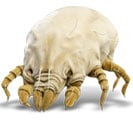
Dust mites:
Allergic reactions to house dust mites are very common. Sometimes known as dust allergy, classic symptoms include runny, itching, or blocked nose, itching or swollen eyes, and cough, particularly in the morning after getting up. In fact, the allergen isn’t so much the mites themselves as the mites’ faeces. These are smaller than ordinary pollen grains, coated with a thin hull layer which decays in time, releasing even smaller allergenic particles.

Pets:
Cat and dogs are perennial allergens, and their dander (hair and skin cells) is the biggest cause of pet allergies in the UK. Pets shed hair and skin cells all the time, especially during grooming. This dander settles on bedding, carpets and furniture, and floats around in the air when disturbed. Touching and stroking cats and other animals can also spark allergic reactions such as skin irritations and itchy rashes.
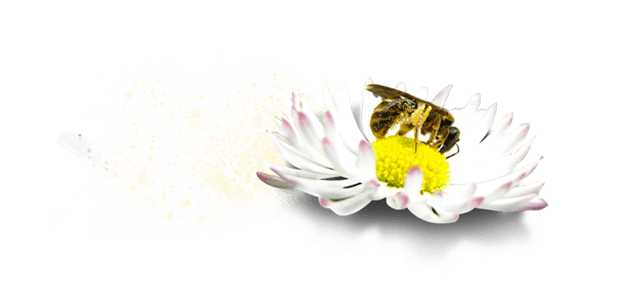
Allergy Type Guide
Find out more about the 4 most common types of allergy and how you can manage them.

Want allergy relief?
Take the quiz to find the right product to help treat your allergy symptoms.
